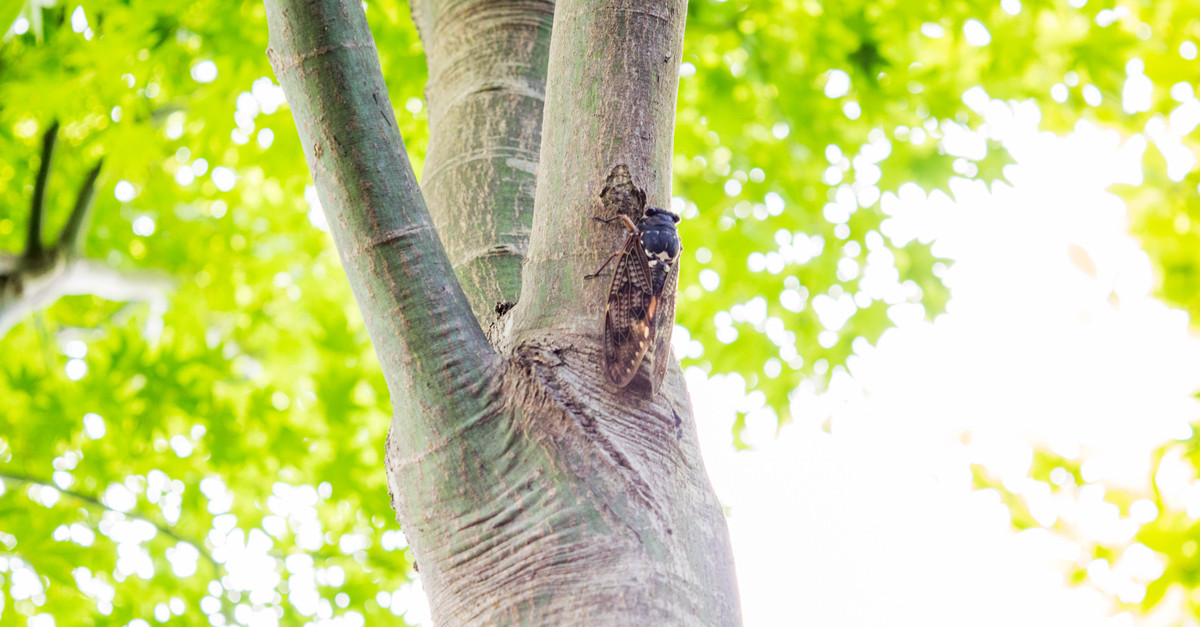Why Stumps Grind Our Gears
Stumps can be a nuisance for a beautiful lawn. They’re unsightly and just downright in the way. Not convinced? Here are some of the downsides of having these tree leftovers on your property.
- Stumps Regrow!
Stumps aren’t “dead” just because you cut the top of the tree. Many tree stumps will send up sucker sprouts year after year at their base, some will re-sprout from the top of the stump, and some can even send underground runners to pop up other places in your yard.
- Stumps Can Be Dangerous
Stumps are hard and sometimes jagged, and a tumble on top of one can leave someone banged up or seriously injured. Especially when the stump wasn’t cut cleanly, you’ve got to get it out of there.
- Stumps Draw Pests
If you don’t want carpenter ants, wood-boring beetles, or termites in your home, don’t leave stumps in your yard. While originally they might only be drawn to a decaying stump, it’s only a short jaunt to your house.
- Stumps Are Kind of Ugly!
Okay, in certain circumstances, an old stump can serve as an awesome fort for kids, pedestal for a pretty planter, or a cool all-natural lawn chair. But most of the time, they’re not attractive, they’re misshapen, they prevent other flowers and plants from growing there, and they disrupt the natural flow of your yard’s design.
Lots of tree removal companies will chop down your tree and then just leave the stump there for you to deal with, but Premier Tree Solutions doesn’t. Learn more about our stump removal process here. If you’re interested in getting a stump removed from your property, fill out this form for a quote and a fast reply!







